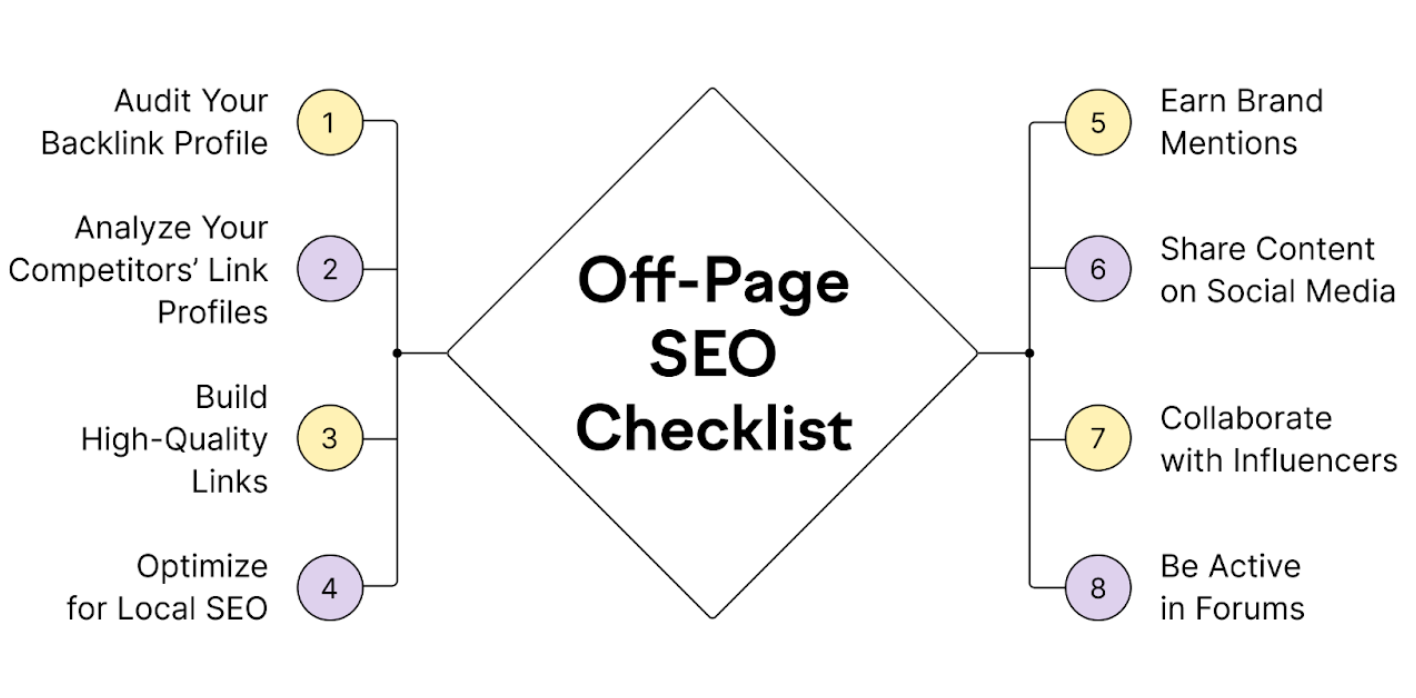A recession is a difficult time to be in business. The general public isn’t spending as much money on their favorite products, and consumers are trying to cut back on expenses by reducing their spending in general. That can mean tough times for companies that rely heavily on retail and sales.
As economists around warn businessmen of impending worldwide recession this year, everybody has to start looking for ways to become recession-proof.
What is Recession
A recession is a period of reduced economic activity. It can last anywhere from six months to two years, and it’s usually characterized by low inflation and high unemployment. In the U.S., recessions are typically defined as two consecutive quarters of negative GDP growth.
Why You Shouldn’t Be Scared of Recession
If you’re wondering whether you should be afraid of recession, the answer is no. There are some advantages to doing business doing a recession. For example:
- You will have less competition
- You will be forced to become lean and efficient
- Highly qualified people will be looking for jobs
- Customers and users will start looking for better alternatives.
Keep in mind that businesses like Square, Asana, Slack, Zoom, AirBnB, Groupon and many more were able to weather a recession. Being prepared and proactive can help your business thrive so you can create a recession-proof product.
In this article, we’ll cover how to build a product that will survive every recession and even thrive during this period.
Outsource to Niche Experts
Outsourcing to niche experts is a great way to save time, money and effort. You can outsource to people who are experts in their field. It will allow you to gain more flexibility to reallocate resources at any point in time. This strategy is key to achieving better ROI and saving money during critical times.
Best of all, outsourcing will allow you to make it easier to control the number of people who are working for you.
Invest In R&D and Product Innovation
One of the best ways to protect your company from the effects of a recession is to invest in R&D and product innovation. Times might be gloomy but it is important to be ready when demand for your product will rise again.
Investing in R&D, specifically into solid UX, during this time is critical. Getting a head start on R&D makes your business more attractive to investors in the long run while retaining the current user base and appealing to the new one.
UX research is one potent way you could pinpoint the opportunities you would overlook otherwise. UX Research is important in building what’s actually critical and informing your product roadmap. On top of that, UX forces you to make customer-driven decisions, as opposed to obsessing over features.

Get Acquired
A recession isn’t bad news for any company. Large companies like Google have been known to buy smaller companies during recessions. That’s why it’s important to have a robust product that can stay afloat.
During the Great Recession of 2008-2010, tech giants such as Apple, Google, Microsoft, and Facebook sold his 150+ companies and thousands of new IPs from smaller tech companies forced to close. I got
Slimming down is very important for small tech companies. Lean products focus on the metrics that matter and allocate only the resources they need. Additionally, it’s important to demonstrate a good understanding of the market and user expectations.
Reduce Cost Through Better Product Experience
The majority of product spending is spent on development, which can be categorized into research, design, programming, etc. Usually founders try to launch as soon as possible and figure out the rest quickly. Such an approach is iterative-based and has its merits. But not during a recession. You may not be able to iterate as many times as you need.
The solution is very simple. You should achieve the same goal, but with fewer iterations. To do this, we need to eliminate as much uncertainty as possible before starting. UX is the way to do it.
In short, UX helps you do the following:
- Validate designs and features before implementation
- Reduce the number of support tickets or manual onboarding time through better usability;
- Make your product easier to sell through better-perceived value;
- Reduce the budget required to acquire new users through self-signups and high NPS.
Conclusion
Yes, a recession is nothing to look forward to. But don’t give up without fighting. A recession provides ample opportunity for technology companies to emerge victorious. We believe that proper R&D, research and lean work are some of the things that can prevent technology companies from failing.



